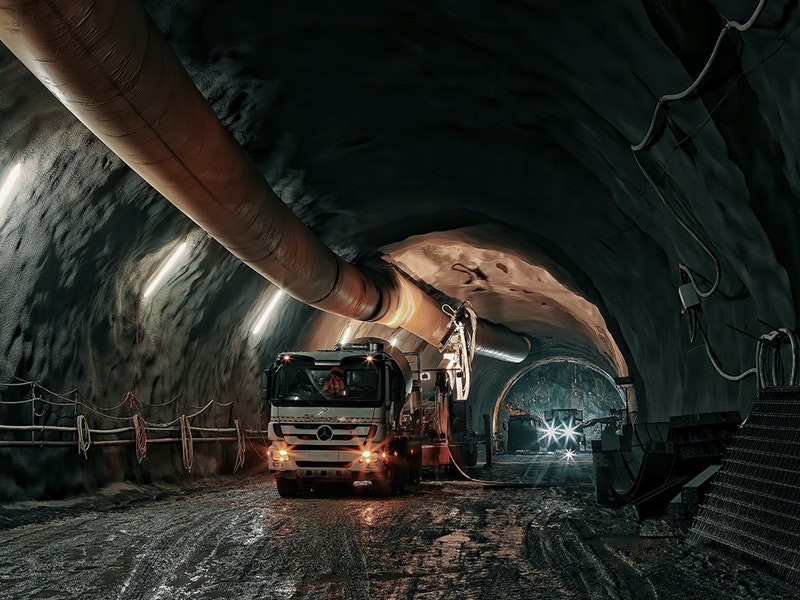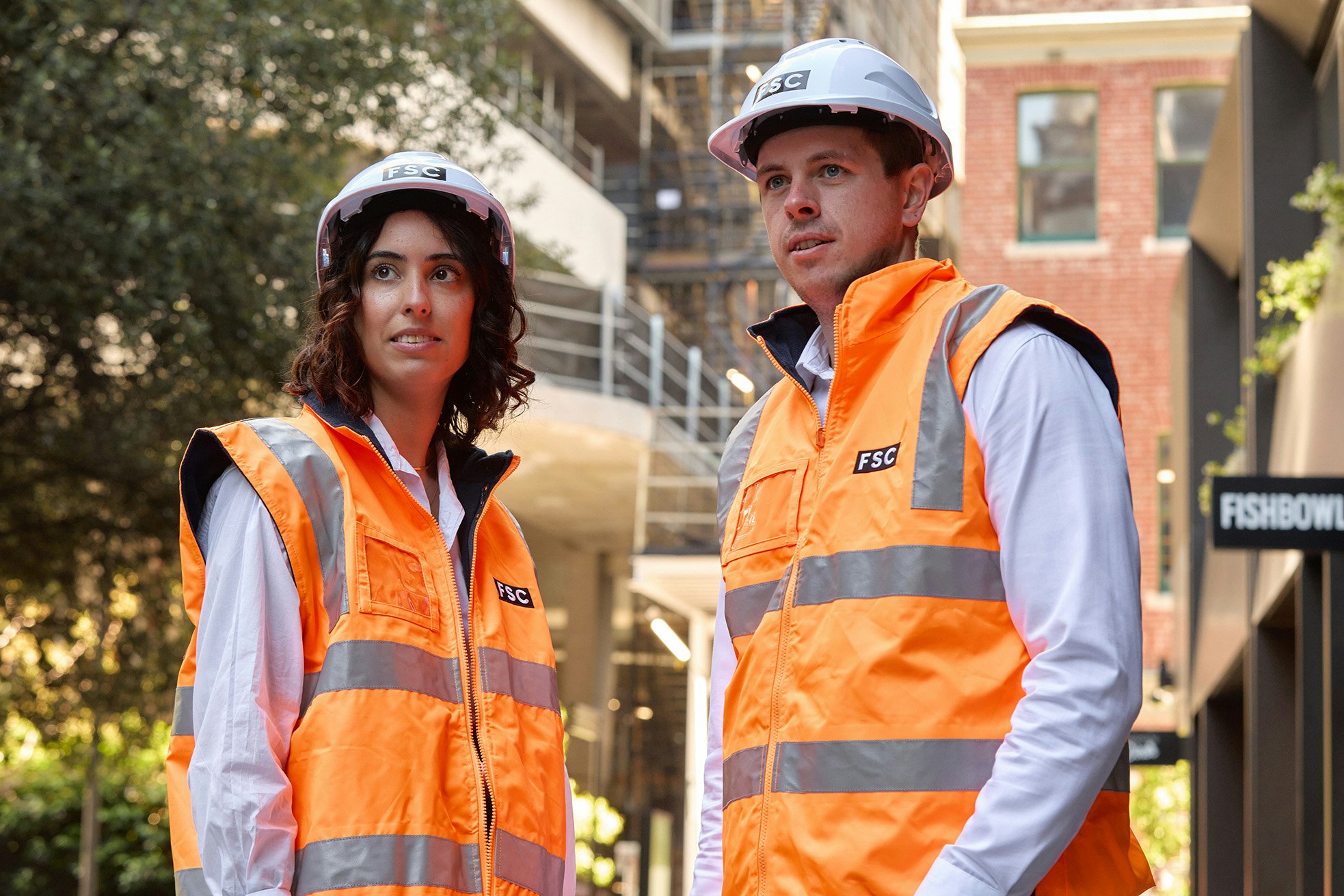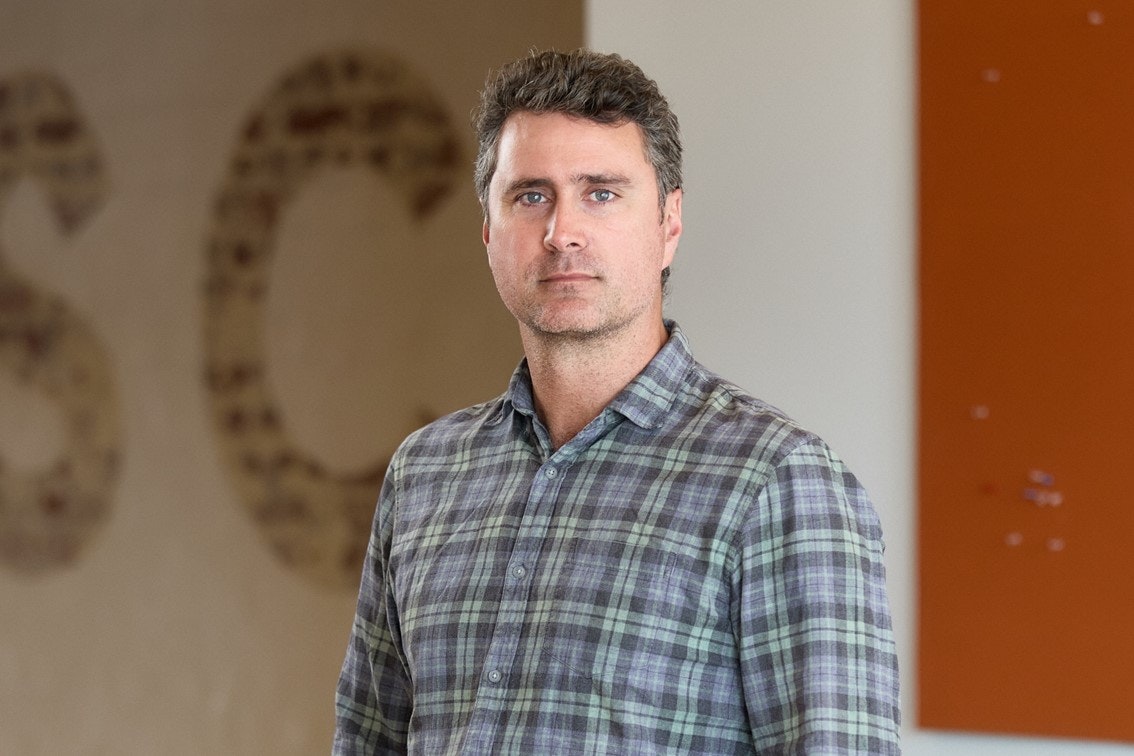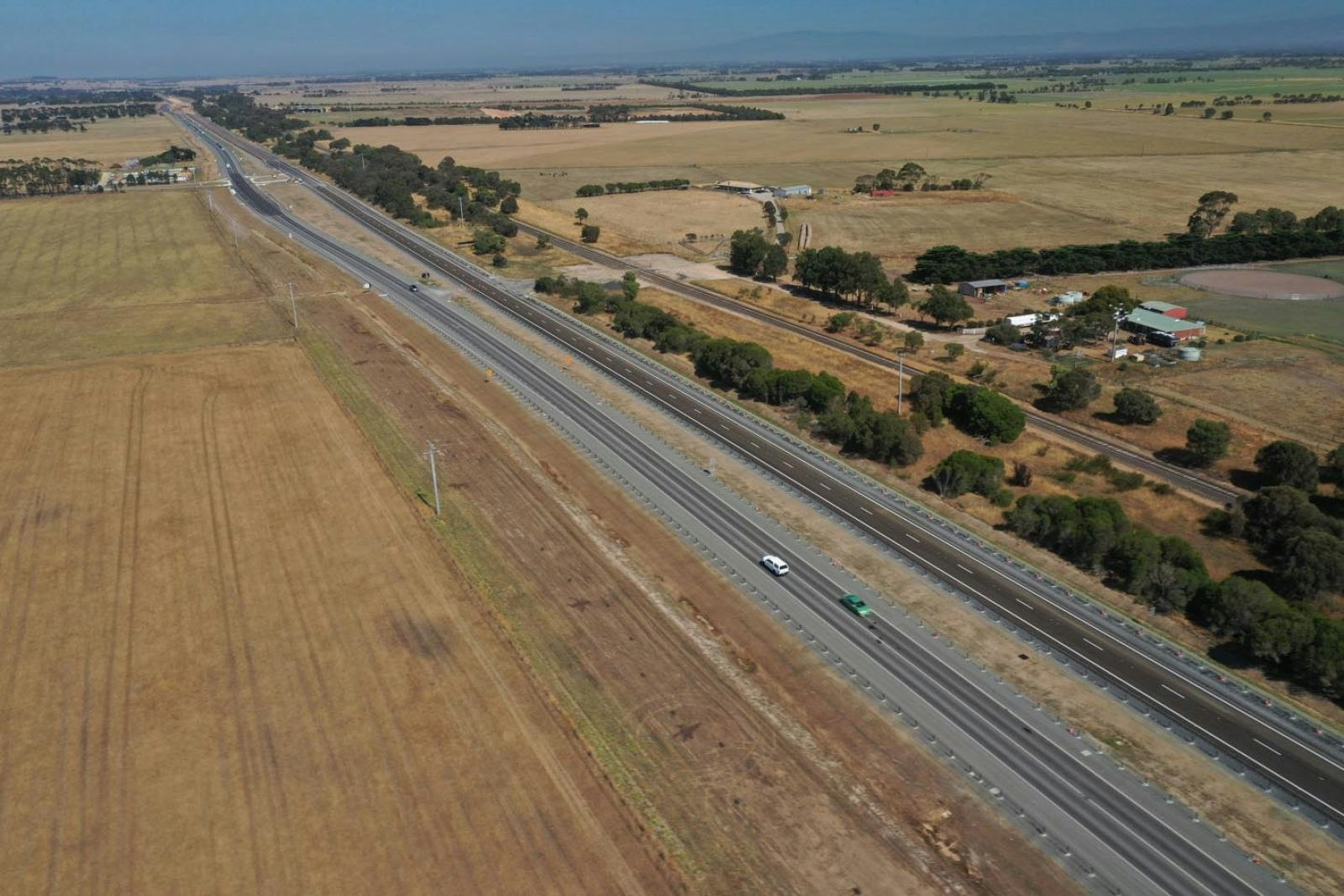
Over the next five years, there’s an estimated $246 billion worth of projects on the horizon, including major road, rail and mining projects across Australia. And while new infrastructure is certainly exciting, it also presents a number of challenges – managing waste being one of the largest.
NDD is a safe method of excavation that is now the desired industry standard. But while NDD reduces the risk of damage to underlying services and utilities, dealing with the resulting waste or slurry is an important part to reducing the environmental impact of the project.
How to Assess NDD Waste
NDD waste consists of two elements, excavated soil and water used for excavation. Given that most water used for NDD is sourced from non-contaminated potable water sources, the contaminant levels of NDD waste are proportionate to the contaminant levels of the parent soil material. Therefore, assessment of NDD is essentially an assessment of parent soil if contaminants are non-leachable.
Soil assessment is required to follow EPA Victoria – Industrial Waste Resource Guideline requirements or relevant state guidance.
Waste Management/Treatment Options
The ‘business as usual’ approach is that projects send their NDD waste directly to landfill following excavation. This is costly and can take up to three hours round-trip per load. That’s three hours where the NDD truck could be working on the project instead of being stuck in traffic.
There are three ways in which FSC can help projects manage their NDD waste. These methods vary in their efficiency, capacity and ability to reduce waste. Each solution also commands a different price point and its suitability is dependent on the project’s location, amount of waste generated and space available.
1. Temporary onsite storage for bulk transport – Consolidation
- Capacity: 5,000-20,000 litres a day.
- Potential to consolidate contaminated and non-contaminated materials.
- Transport to a disposal facility.
- Reduced turnaround time in getting waste off-site.
- Increased usage/efficiency of NDD trucks.
2. Sedimentation System – Treatment/Re-use
- Capacity: 20,000-50,000 litres a day.
- Reduced truck turnaround times.
- Re-use opportunities for soil and water.
- Up to 80% reuse of materials – significantly reduced disposal costs.
- EPA approval required for contaminated waste.
3. Fully mechanised treatment systems
- Capacity: 100,000+ litres a day.
- 3 stage separation system, splits out gravels, sands, clays, silts and water into reusable materials.
- Zero disposal to landfill.
- Small footprint options are available for constrained sites.
How can FSC Environmental help you?
FSC Environmental has experience helping our clients through the approval, design and construction phases of various NDD management processes. With both onsite and offsite solutions available, the FSC team has assisted numerous clients including John Holland, Patriot Environmental Management and the Southern Program Alliance successfully obtain EPA works approval for NDD treatment systems.
To date, FSC Environmental has applied gravity sedimentation techniques to treat NDD waste through the design and construction of onsite, modular, EPA approved treatment facilities. Our new innovative system has been brought to projects across Victoria, an example being a purpose-built, EPA licensed facility for the Rail Infrastructure Alliance. You can learn more about this project here.
FSC Environmental can also provide the upfront assessment of soil/ground conditions, provide analysis and advisory services as to which NDD waste management solution is best for your project. We can assist with approvals of plans, soil testing and as part of the wider FSC Group bring in experts where required for other aspects of your project.
Ready to drive better environmental outcomes on your project?
For more information on these systems, or if you’d like to get started with NDD waste management/treatment on your project get in touch with FSC Environmental here.











